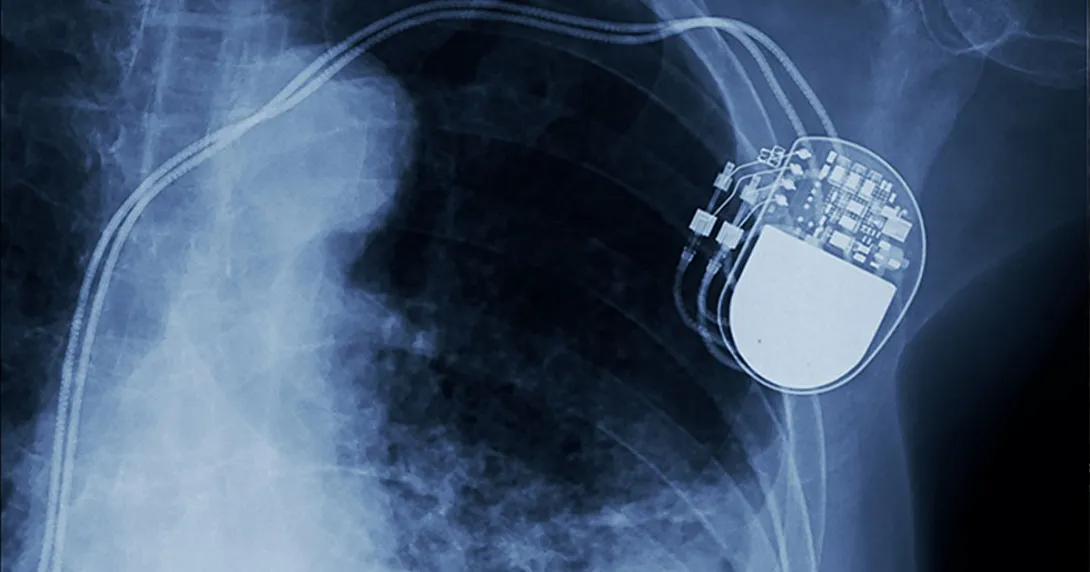How can hospitals meet regulatory and emergency service requirements for wireless, and satisfy staff and patient demands for commercial services at the same time?
In the United States there is a mandatory minimum level of in-building wireless coverage required for public safety services within buildings. However the rise in user uptake and dependence on smart and feature cell phones, as well as other popular wireless devices such as netbooks, ebooks, PDAs etc, also raises the question about the provision of in-building wireless coverage for commercial services.
Many leading healthcare professionals have already embraced the need for wireless technology and are employing a growing and complex mix of services including: ambulatory vital signs monitoring, wireless cardiogram sensors, personal area networking (PAN) technologies like Bluetooth, radio frequency identification (RFID) and Internet protocol over wireless local area network (WLAN)-based communication systems such as Wi-Fi. To support this growing wireless ecosystem, a rising number of larger health facilities in the states are starting to employ some kind of in-building wireless provision, most commonly adopted are distributed antenna systems (DAS). A typical DAS comprises a simple network of remote antennas, connected to a central platform, which amplify wireless signals throughout large infrastructures.
However, currently the question of converging public safety and commercial services within the same in-building infrastructure has caused conflicting opinions in the market. Historically both services have been kept separate to avoid heavy usage from commercial services hampering the capacity and availability of public safety services. Some believe that the two can’t be properly supported unless they are kept separate. Hospitals in the past outlawed the use of commercial services such as cellular and WLAN services as they were thought to cause electromagnetic interference (EMI). The truth is, as long as there is sufficient in-building coverage for cellular it won’t interfere with other medical or public safety services because it does not need to boost its signal to compete.
The wireless environment, particularly inside hospitals, is at risk of rapidly spinning out of control. Hospitals need to start controlling public safety and commercial wireless services, not simply trying to prohibit usage as they have done in the past. Efforts to converge the two services are ongoing, with both legal and commercial concerns driving the market. But for whatever reason officials can’t seem to find a simple, reliable and cost effective way to do it.
Clearly having separate wireless in-building infrastructure for commercial and public safety services isn’t a cost-effective approach. Despite the confusion in the market, in fact the answer to solving this problem is simple. By taking a wideband approach to in-building wireless infrastructure, active ‘wideband’ distributed antenna systems can offer healthcare facilities a comprehensive service-independent solution, capable of simultaneously supporting any number or combination of wireless services, protocols or frequencies, be it for public safety or commercial. The wideband capability also eliminates the need for service-specific equipment, keeping equipment and installation costs low. By being service agnostic, active wideband DAS also provides peace of mind by future-proofing new investments in in-building wireless infrastructure, allowing new services to be added without extra components or upgrades.
The need for converged commercial and public safety services is here and now. Hospitals need to consider the technology options to fulfill this if both services are to be given a higher quality of service. Active wideband DAS is unique in its ability to provide both an economical model, while ensuring guaranteed coverage of must-have wireless services for staff and patients, whether they are using commercial or public safety services for today and tomorrow.
Jeffery Fuller is president of Zinwave Americas, responsible for sales, marketing, operational and strategic direction.


